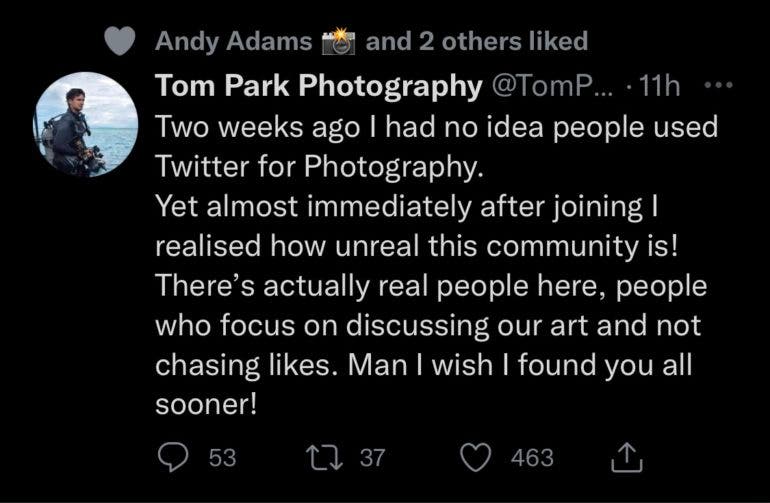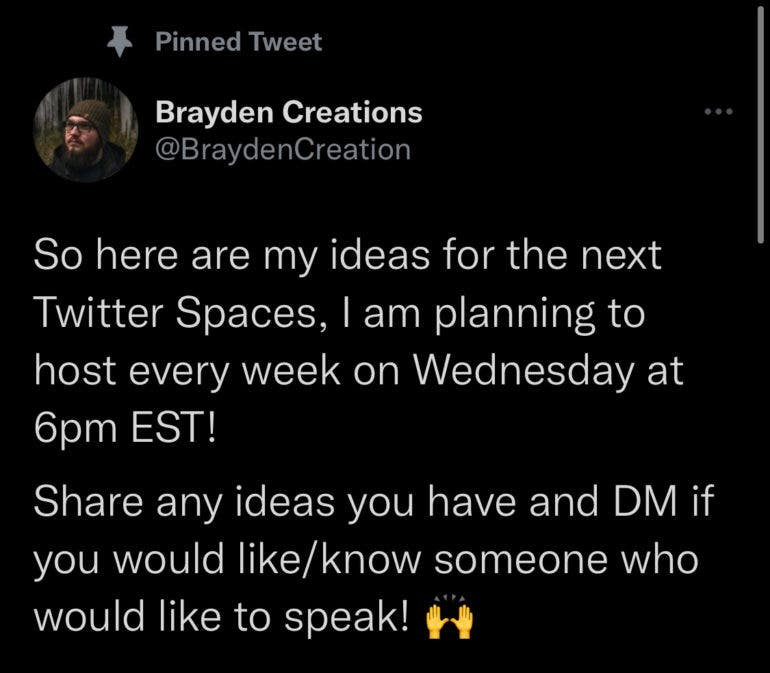How I’m Finding a Photography Community in the Most Unlikely Place
I’ve longed for a meaningful photography community. And it’s been difficult to ascertain in the real world, especially during the pandemic. So, like most photographers, I turn to an online community. Instagram is a waste of time as it feeds narcissism. Facebook seems to be more about online fighting rather than togetherness. Flickr is okay, but I never got on that hype train. Then I turned to Twitter. And to my surprise, I’m finally finding a photography community that I was close to thinking was only a utopia.
Want to get your work featured? Here’s how to do it!
Photography Community on Twitter

For the longest time, I’ve had a love-hate relationship with Twitter. I won’t deny it’s a breeding ground for toxic views and self-serving opinions. But I realized I was looking the wrong places when trying to find a positive, non-toxic photography community.
A lot of photographers I see on Twitter say how they have migrated to the platform from Instagram. They wanted something more than what the world’s most popular photo-sharing website is offering. So, what exactly is Twitter offering that other platforms aren’t?
The Photography Community Feels Less Self Serving

I base the strength of a community on how authentic it feels. Instagram felt nothing but self-serving. It’s a place to say “look at me” while doing the bare minimum to interact with others.
On Twitter, there are countless daily threads where photographers can discuss hot topics, provide meaningful critiques, and big up the work of others. One user, @flakphoto dedicates 80% of his time on Twitter sharing the work of others. It’s been a great feed to find new photographers.
@BlkWomenPhoto are using their presence to uplift and share the work of talented black female photographers. At the time of writing, the organization (founded by Polly Irungu, a future guest on our podcast) has amassed almost 14,000 followers. They have helped black female photographers get work and recognition throughout the photography industry.
Those are just two examples of many.
Twitter Spaces

If you have used Clubhouse, Twitter Spaces won’t be anything new. But whereas Clubhouse was an elitist space that made people feel exclusive, Twitter Spaces is an inclusive, open zone. Users can join either as a listener or as a speaker.
I attended my first Twitter Space recently. The host was Indiana-based photographer @braydencreation. He also invited other speakers and opened the digital floor for listeners to speak. I spent a good hour listening to different experiences and thoughts from photographers from all around the world. It was extremely well managed, and the flow of the talk was fluid and without interruption. Whether you’re a budding photographer or someone who loves all things photography, these new spaces are a fantastic way to get your photography fix. They have huge potential.
A Desire to Build Something Meaningful
Of course, self-serving photographers exist on Twitter. They exist everywhere. But for the first time, there seems to be a genuine revolt against the toxic aspects of an online photography community. And those people are finding Twitter as the new platform to build something meaningful.
All the people you’ve heard complain about a lack of community elsewhere online now seem to be on Twitter. So there’s a concentrated effort to build something positive and a space where photographers can learn and thrive. Could the Twitter photography sphere quickly become toxic? Sure. But I want to be optimistic about this.
Personal Experience
To give you a personal example of what I’m talking about, check this.
Across Instagram, Facebook, and Twitter, I asked to be shown the best photographers of color in the industry. I got one response on Instagram and none of Facebook. Two hours later, on Twitter, over 200 photographers had been tagged and shared with me. I have the least amount of reach on Twitter when compared to Instagram and Facebook.
It could be the algorithm, or it could be the mindset of the people on the platforms elsewhere. Whatever it is, Twitter is proving to be the place to get connected with all things photography. I hope it lasts.